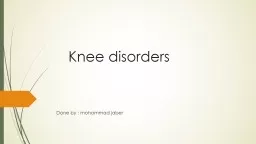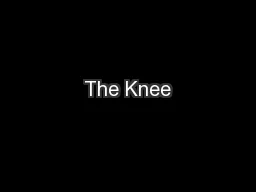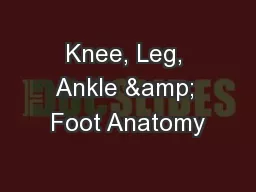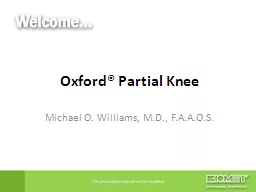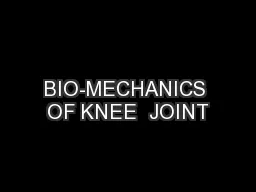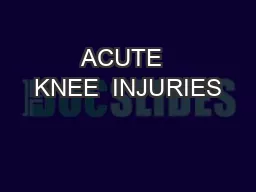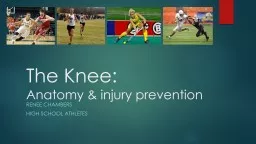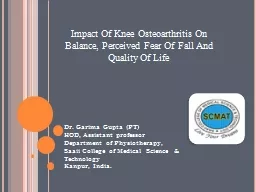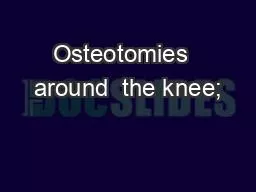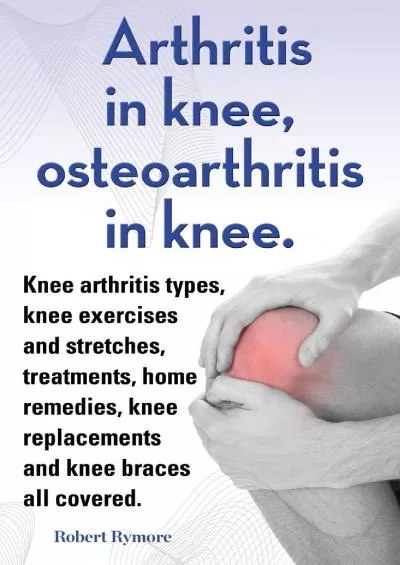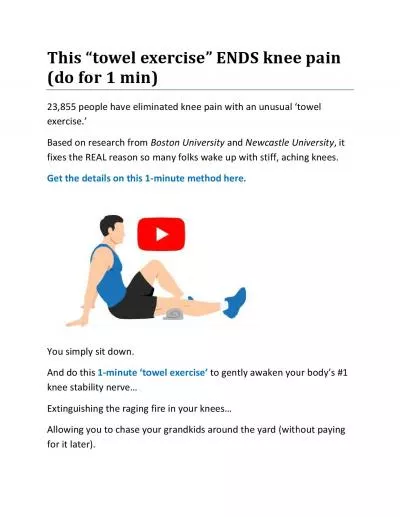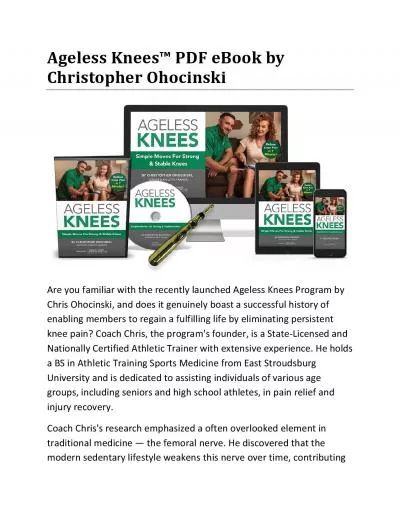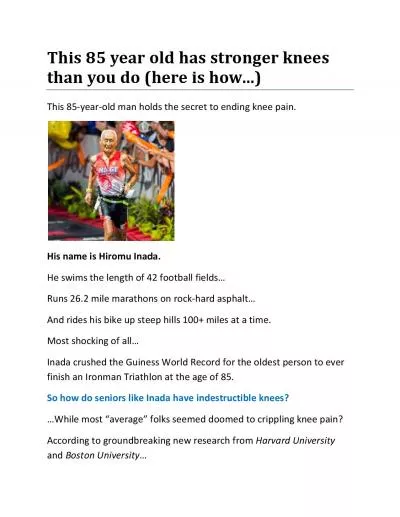PPT-Knee disorders Done by :
Author : calandra-battersby | Published Date : 2020-04-03
mohammad jaber OSTEOCHONDRITIS DISSECANS Epdemiology the patient usually between 15 and 20 years of age The prevalence of osteochondritis dissecans OCD is
Presentation Embed Code
Download Presentation
Download Presentation The PPT/PDF document " Knee disorders Done by : " is the property of its rightful owner. Permission is granted to download and print the materials on this website for personal, non-commercial use only, and to display it on your personal computer provided you do not modify the materials and that you retain all copyright notices contained in the materials. By downloading content from our website, you accept the terms of this agreement.
Knee disorders Done by : : Transcript
Download Rules Of Document
" Knee disorders Done by : "The content belongs to its owner. You may download and print it for personal use, without modification, and keep all copyright notices. By downloading, you agree to these terms.
Related Documents

